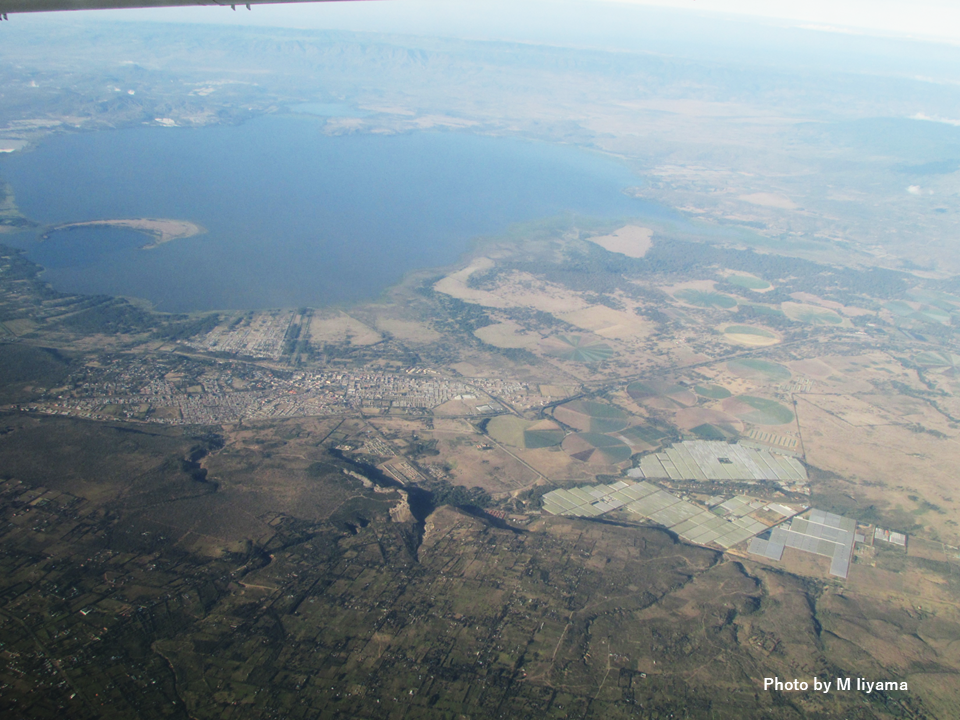Pick Up
728. IWMI Report: Change in Global Freshwater Storage

728. IWMI Report: Change in Global Freshwater Storage
It is estimated that humans now consume about 1.7 times more natural resources than the Earth can sustainably supply. If production, consumption, and disposal continue at current levels, this figure will be 2.0 by 2050, and many natural resources, including water, will be lost without regeneration.
It is estimated that two-thirds of the Earth's surface is covered with water, or about 1.4 billion cubic kilometers of water. However, the only water we can use is fresh water, excluding seawater, which accounts for only 2.5% of the water on the earth. Furthermore, excluding glaciers and groundwater, only 0.01% of freshwater (rivers, lakes, marshes, etc.) is in a state that is easily accessible to humans.
Today, we would like to introduce a working paper “Change in Global Freshwater Storage” published by the International Water Management Institute (IWMI).
Water is maintained in two ways: natural storage (glaciers, permafrost, groundwater, lakes, wetlands and soils) and artificial storage (reservoirs and rice paddies), which play an important role in addressing the temporal and spatial imbalances in water supply and demand.
As the impacts of climate change become more severe, water storage is becoming increasingly important in many countries' adaptation strategies. Despite this, until recently, little was known about global freshwater storage and the extent of its change due to the uneven spatial distribution of water resources and difficulties in monitoring. In recent years, however, Earth observation and computer modelling techniques have made it possible to predict water storage and its changes.
First, regarding changes in water storage, it is estimated that the world's population currently uses about 24 trillion cubic meters (24,000 billion cubic meters (Bm3)y-1 ) of water per year. On the other hand, according to the report, the world's water resources have decreased by 27 trillion cubic meters over the 50 years from 1971 to 2020. This means that on a global scale, one year's worth of water resources was lost during this period.
Next, let us look at changes in water storage. There are two factors that cause changes: anthropogenic factors and climatic factors. Anthropogenic factors are those that directly affect water storage, including agricultural and industrial uses. This study also found that the anthropogenic impact on water storage, excluding glaciers, is equivalent to 3-5% of global water storage. Climate factors on terrestrial freshwater storage have been considered small until recently, but recent estimates suggest that they may equal or exceed anthropogenic factors. In any case, given that humans are the primary actors causing climate change, we are directly and indirectly affecting changes in global water storage.
Changes in global water storage, in which anthropogenic activities are multifaceted, are putting various stresses on water access at the local level. At the regional level, it is important to know which sectors, such as domestic, agricultural, and industrial water, are impacted and by how much, and how actual water access is restricted.
Different regions have different adaptive capacity to water stress, depending on their social and economic conditions, climate and location, population density, and so on. We need to ensure that as many water storage sources as possible are available, rather than relying too heavily on limited water storage sources. Policy support and infrastructure development are considered essential.
For any country, the management of water resources that can adapt to possible water risks, combining natural and artificial water storage, is a prerequisite for water security.
Reference
McCartney, M.; Rex, W.; Yu, W.; Uhlenbrook, S.; von Gnechten, R. 2022. Change in global freshwater storage. Colombo, Sri Lanka: International Water Management Institute (IWMI). 25p. (IWMI Working Paper 202). [doi: https://doi.org/10.5337/2022.204]
Contributors: Solongo TUMUR and IIYAMA Miyuki (Information Program)
